BATCircle – Circular ecosystem of battery metals
Learn more about responsible sourcing, refining and production of active battery materials as well as efficient recycling of end-of-life batteries needed for ongoing energy and mobility transitions.
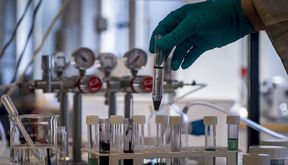
Hydrometallurgical processing of primary and secondary raw materials - from fundamental phenomena to process design with environmental impact evaluation
Electrochemistry - electrochemical metal recovery, characterization, as well as corrosion processes
Utilizing secondary raw materials for the development of new processes and materials in circular economy of metals
The research group is dedicated to enabling sustainable living for future generations. As a result of the increased utilisation of electrification, automation, renewable energy solutions and the continued rise in living standards, numerous challenges related to the primary production and circular economy of metals have appeared.
By a combination of the theoretical understanding of hydrometallurgy, electrochemistry, corrosion prevention, process development, process modelling, LCA analysis and state of the art analysis techniques, our researchers are at the forefront of sustainable industrial-scale process development.
Furthermore, Hydromet’s extensive collaboration with a wide variety of industrial and academic stakeholders enables the pioneering of new innovative solutions for these crucial global challenges.
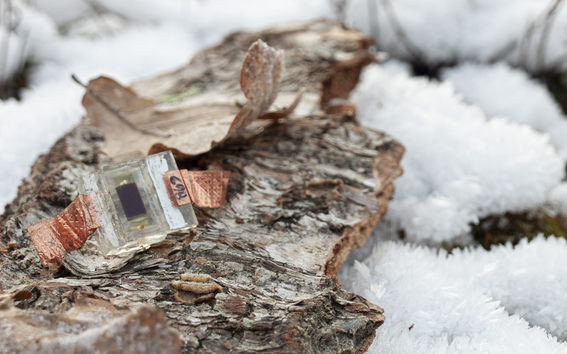
The demand for metals and other raw materials is expected to rise drastically in part as the world transitions towards more sustainable energy solutions. The use of renewable energy sources requires lithium ion batteries, photovoltaic cells and wind energy – complex products that are also highly metal intensive. Our research group aims to be at the forefront of the metals circular economy through development of efficient primary processes and by improving the recycling of end-of-life materials.
The ongoing and past projects from Hydromet group can be found here.
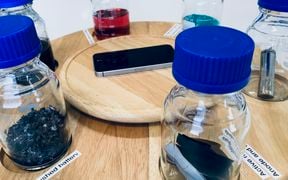
Find an introduction to our facilities here.
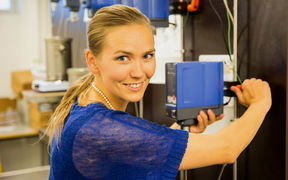
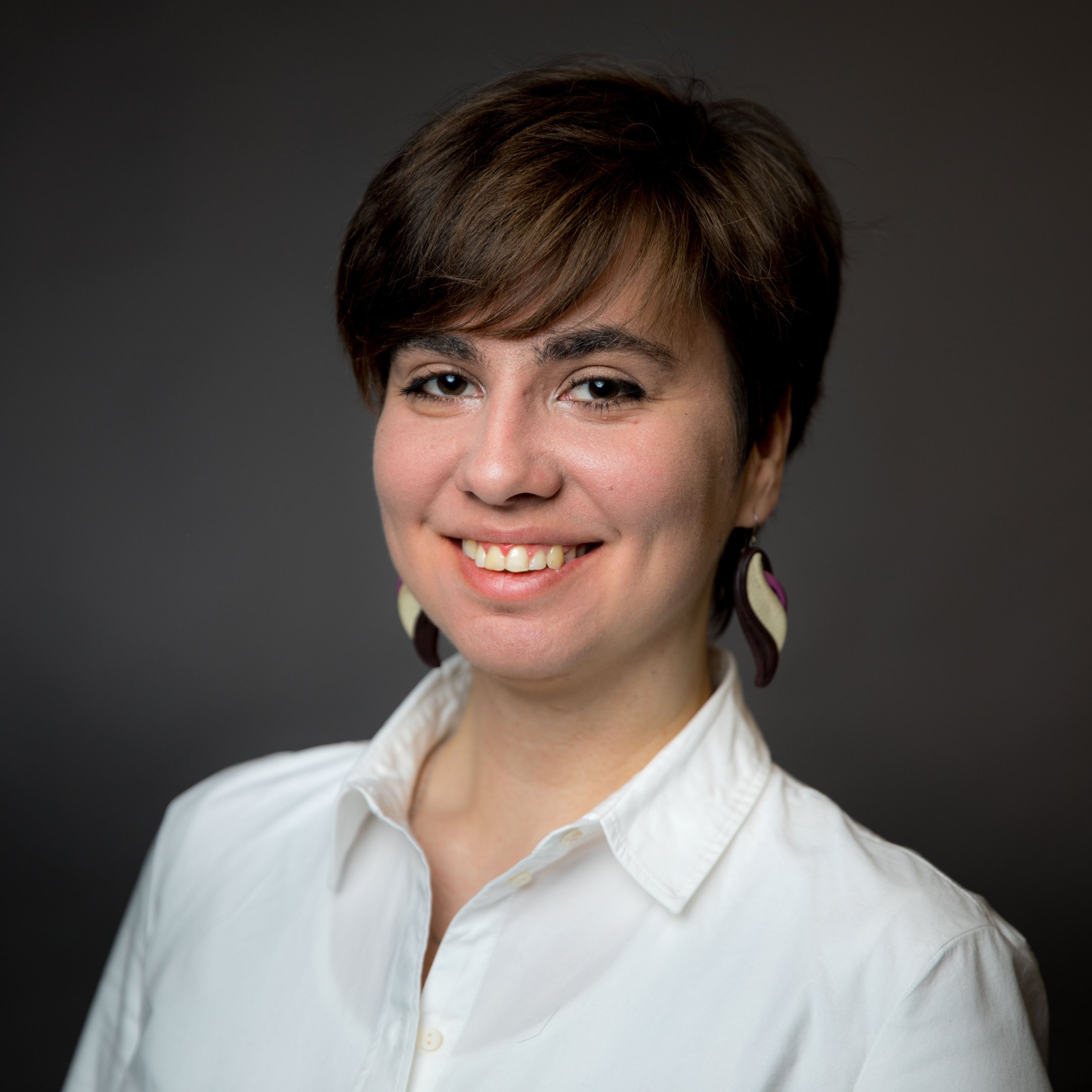
Find here our latest activities.
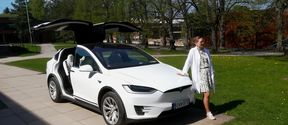
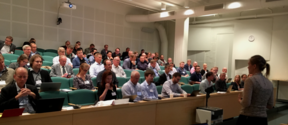
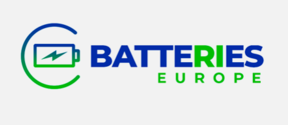
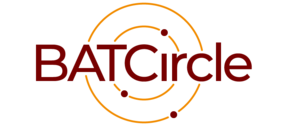
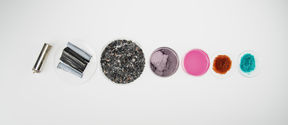
Learn more about responsible sourcing, refining and production of active battery materials as well as efficient recycling of end-of-life batteries needed for ongoing energy and mobility transitions.